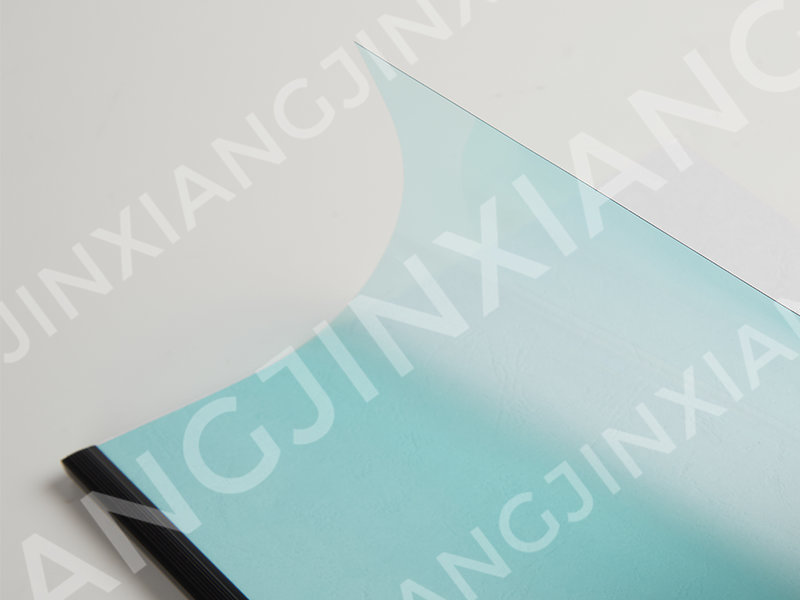Plastic binding covers can vary in cost depending on factors such as size, thickness, quantity, and brand. Generally, plastic binding covers are considered to be a cost-effective binding option compared to some other alternatives like hardcover binding or leather binding. Here's a brief comparison of the cost of plastic binding covers with other binding options:
1.Plastic Binding Covers:
Plastic binding covers are commonly made from PVC or polypropylene, which are cost-effective materials.
Prices of plastic binding covers vary depending on factors such as thickness, size, and quantity purchased.
Thicker plastic covers tend to be more durable and may have a slightly higher cost.
Plastic covers are suitable for a wide range of documents, making them a cost-effective choice for everyday use.
They are often used for presentations, reports, manuals, and other documents that need a professional appearance without a high price tag.
2.Spiral Binding (Coil Binding):
Spiral binding involves threading a plastic or metal coil through small holes along the document's edge.
The cost of spiral binding depends on factors such as coil material (plastic is cheaper than metal), coil diameter, and the number of pages.
Spiral binding is affordable for small to medium-sized projects and is popular for notebooks, calendars, and educational materials.
While it may not be the cheapest option, it strikes a balance between cost and durability.
3.Comb Binding:
Comb binding utilizes plastic combs with multiple fingers that grip the punched holes in the document's spine.
The cost of comb binding depends on the size of the comb, the number of pages, and any customization.
It is generally more economical compared to premium binding methods like hardcover or leather binding.
Comb binding is commonly used for reports, presentations, manuals, and other documents that require a professional finish at a reasonable cost.
4.Thermal Binding:
Thermal binding involves using heat to adhere pages to a glue strip, creating a secure spine.
The cost of thermal binding is influenced by the size of the document, the thickness of the glue strip, and any additional features like custom covers.
It is moderately priced and falls between basic binding methods like plastic binding and higher-end options like hardcover binding.
Thermal binding is suitable for creating polished-looking documents and presentations without a significant increase in cost.
5.Hardcover Binding:
Hardcover binding, also known as case binding, provides a durable and professional finish.
Costs for hardcover binding are higher due to the premium materials (such as cloth, leather, or faux leather) used for the cover and the labor-intensive binding process.
Customization options, such as foil stamping and embossing, can further contribute to the cost.
Hardcover binding is ideal for creating high-quality books, theses, special reports, and commemorative documents that warrant a more substantial investment.
6.Wire-O Binding:
Wire-O binding involves using double-loop metal wires to hold the document together.
The cost of Wire-O binding is influenced by factors like wire diameter, document size, and page count.
It tends to be affordable for smaller projects but can become more expensive for larger documents.
Wire-O binding offers a clean and professional appearance, making it suitable for presentations, manuals, cookbooks, and other materials that require easy page-turning and a polished look.


COLOR: Clear/ Transparent Red/Yellow/Blue/Green/Smoky gray/Maroon...
Opaque sheet can also be produced.
SPECIFICATION : A4 / A3 / Letter / Legal / Customizable.
THICKNESS: 100--600Micron, can be customized.





 English
English 中文简体
中文简体 Español
Español


















